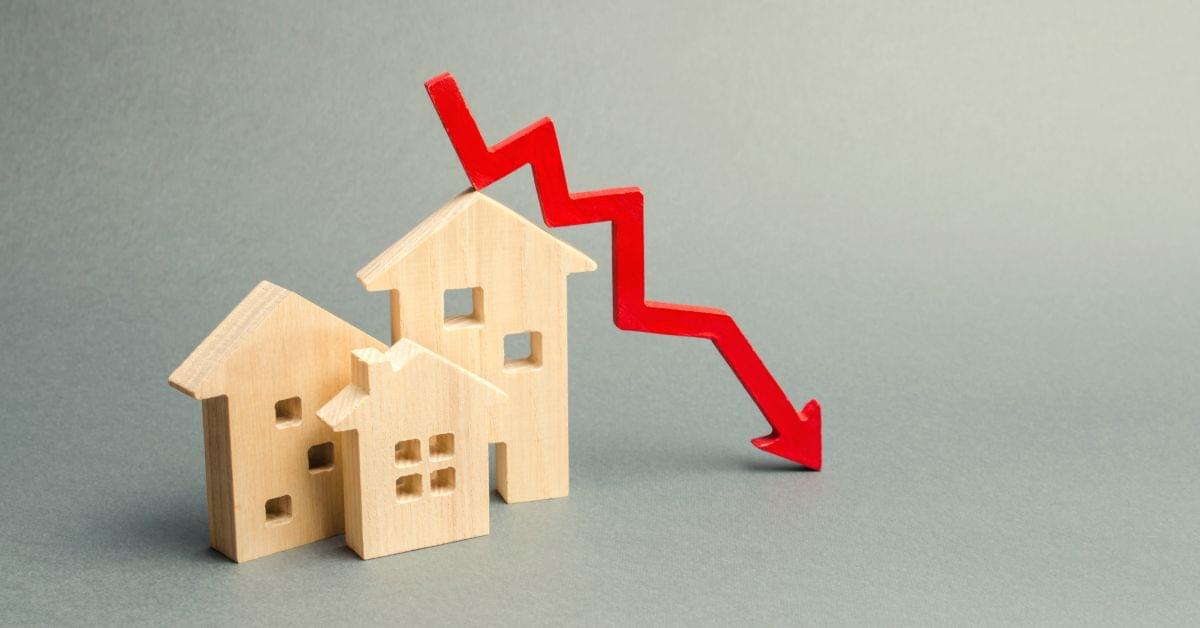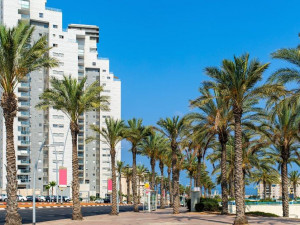
With the uncertainty of 2023 looming, one investment that comes with a lot of questions is property. High interest rates have made buying a property a much more expensive proposition, and it’s not just limited to one region — the same challenges exist all over the world.
In this article, we look at where it is the most expensive and where it is the cheapest to buy in the world, what the outlook for real estate prices is and which factors affect them.

Cities with the highest property prices
Despite real-estate prices declining globally in 2023, there are still many locations where prices are very expensive. Looking around the globe, it is all about location, location, location. Unsurprisingly, countries and cities that are desirable to live in because of their safe and stable environment and their importance to business, as financial centres and for their ability to provide jobs, top the list.
While different measures can be used to rank cities and property prices, and results may differ slightly, according to Knight Frank, the following 10 cities are the most expensive in the world to buy a million dollars per square metre (in the most prime location of each city, notably):
1. Monaco
Known for its luxury and exclusivity, Monaco holds the top rank of the most expensive housing market in the world. The amount of property you can buy for $1 million is a tiny 17 square metres.
2. Hong Kong
With limited land and a high population density, Hong Kong has seen property prices skyrocket. The price per square metre for a property in this city is around $45,000, which equates to 21 square metres for $1 million.
3. New York
Famous for Wall Street and being the financial centre of the world, it is not surprising that this metropolis is in 3rd place. One million US dollars will buy you a tiny studio apartment of around 33 square metres.
4. Singapore
This city-state has become a global financial centre, attracting wealthy individuals and driving up property prices. Buying a house in Singapore will set you back a million for one more square metre than in New York.
5. London
As the capital of the United Kingdom, London is a highly desirable place to live, attracting wealthy individuals from around the world. The price per square metre for a property in prime locations in London is on a par with Singapore, where you can buy a studio apartment for one million.
6. Geneva
Known for its high quality of life and beautiful surroundings, Geneva has some of the highest property prices in the world, making it possible to get a small one-bedroom apartment of 37 square metres for a million dollars.
7. Los Angeles
Although Los Angeles is a vast metropolis, property prices in the most expensive areas of the city are close to those of London, Geneva or New York. A 1-bedroom apartment is well within your budget at 39 square metres for a million dollars.
8. Paris
As the most expensive place to live in France, Paris has seen property prices rise steadily over the past decade and until last year. A square metre of property in Paris in the most prime locations costs around $23,000.
9. Sydney
Down under does not mean cheap, Australia’s property prices are known to have risen dramatically. Sydney tops rank, on a par with Paris at just over $20,000 for most sought-after property locations.
10. Shanghai
As the most expensive city in China, ahead of Beijing, this Chinese metropolis has caught up with the rest of the world. A million dollars can buy a small 2-bedroom apartment of around 44 square metres in the best locations.
Countries with the lowest property prices
On the other hand, the countries with the lowest house prices are in parts of the world where there is high uncertainty, high unemployment or a weak economic environment, such as high inflation. One notable exception is Southern and Eastern Europe, which is economically stable and includes many countries in the European Union. In particular, prices in Romania and Bulgaria are affordable:
In Bulgaria, the average price per square metre for an apartment in a city centre is around €800 to €1,000. In smaller towns and rural areas, prices can be even lower.
Romania has relatively low property prices, with the average price per square metre for an apartment in a city centre ranging from €1,000 to €1,500. Prices in rural areas are considerably lower.
Which countries had the biggest decline in property prices in 2023?
In 2023, the countries with the most significant decline in property prices were Denmark and New Zealand. Home prices in these countries fell by 5.91% and 5.21% respectively, in the first quarter of the year.
In comparison, national home prices in the United States experienced a smaller decline of just 2.7% from their summer 2022 peak.
The decline in house prices was influenced by factors such as rising borrowing costs and interest rates. Central banks raised interest rates in an attempt to curb inflationary pressures, which had a knock-on effect on the housing market. While some markets experienced price declines, experts did not expect dramatic falls in house prices overall, as historically they tend to rise over time.

Why are property prices suddenly falling around the world?
Property prices have been rising almost continuously since the end of the financial crisis in 2010, fuelled by a global low-interest rate environment, economic growth and government action following the credit crisis. So what has suddenly changed?
First, the interest rate environment has suddenly changed globally, with interest rates and inflation rising. As a result, mortgages have become more expensive and consumers are reluctant to take on additional risk in a cost of living crisis.
However, there are other factors besides interest rates and inflation that are driving house prices, and these are turning increasingly sour around the world:
Income growth
Demand for housing is closely linked to income levels. As people’s incomes rise, they can afford to spend more on housing, which in turn increases demand and pushes up house prices. However, due to the cost of living crisis real incomes are now stagnating or falling, and people are less able to afford homes, leading to reduced demand and lower house prices.
Availability of credit
The availability of credit has sharply reduced since March when Silicon Valley Bank had to be put into receivership in the US. When less credit is readily available, banks are stricter in terms of giving out mortgages, leading to lower demand and lower housing prices.
Population growth
Population growth is increasingly slowing down, specifically in Asian economies such as China, where the population is expected to peak sooner than previously anticipated. As fewer people need homes, demand for property decreases, leading to a fall in housing demand and lower house prices.
Are you looking to buy property abroad? CurrencyTransfer can help with your international payments. An allocated account manager will discuss your plans and work with you to find the best way to maximise your budget. Sign-up now.
G.C. Wagner
Gustav Christopher is a writer specialising in finance, tech, and sustainability. Over 15 years, he worked in banking, trading and as a FinTech entrepreneur. In addition, he enjoys playing chess, running, and tennis.



